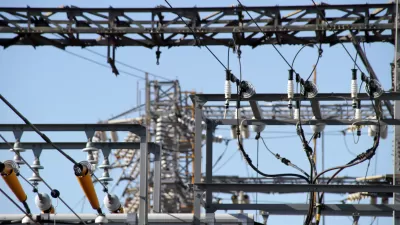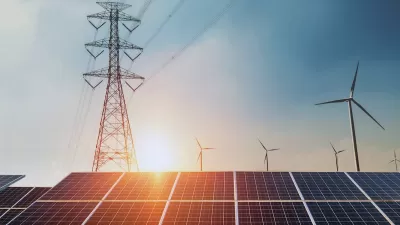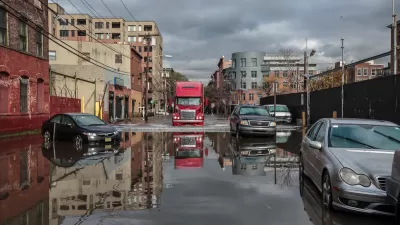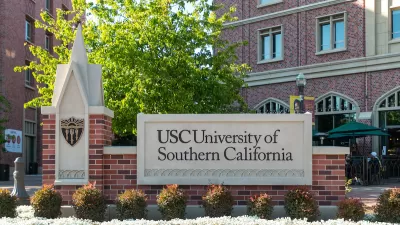This year's winter storm and the subsequent damages highlight the urgent need for more resilient energy systems that can outlast increasingly powerful weather events.

With demand for energy rising and the effects of climate change more apparent than ever, writes KyLeigh Richardson, it becomes crucial to create a resilient power network that won't buckle under the pressures of extreme weather.
When a winter storm battered Texas this February, "69% of people lost electricity for an average of almost two days, 42 hours, while almost half did not have running water for an average of over two days, and more than 100 people died of exposure to low temperatures and dangerous attempts to warm their homes." The storm and its consequent outages "are estimated to have cost the Texas economy anywhere between $80 billion and $130 billion in direct and indirect economic losses by conservative estimates."
The ravages of the February storm highlighted the fragility of our electrical grid and "the importance of building electric resilience." In fact, "[m]any policy and economic experts say pursuing climate resilience is crucial to policymaking and system planning, particularly in order to ensure electric security." With its population projected to almost double by 2050, Texas will see higher demand for energy even as extreme weather events become more common.
Richardson outlines three strategies for resilience: energy efficiency, smart planning, and diversification of energy sources and technologies. "To ensure resiliency, security and further economic development, Texas must be prepared for curves in the road."
FULL STORY: Texas doesn’t just need more electricity; it needs resilient electricity

Maui's Vacation Rental Debate Turns Ugly
Verbal attacks, misinformation campaigns and fistfights plague a high-stakes debate to convert thousands of vacation rentals into long-term housing.

Planetizen Federal Action Tracker
A weekly monitor of how Trump’s orders and actions are impacting planners and planning in America.

San Francisco Suspends Traffic Calming Amidst Record Deaths
Citing “a challenging fiscal landscape,” the city will cease the program on the heels of 42 traffic deaths, including 24 pedestrians.

Defunct Pittsburgh Power Plant to Become Residential Tower
A decommissioned steam heat plant will be redeveloped into almost 100 affordable housing units.

Trump Prompts Restructuring of Transportation Research Board in “Unprecedented Overreach”
The TRB has eliminated more than half of its committees including those focused on climate, equity, and cities.

Amtrak Rolls Out New Orleans to Alabama “Mardi Gras” Train
The new service will operate morning and evening departures between Mobile and New Orleans.
Urban Design for Planners 1: Software Tools
This six-course series explores essential urban design concepts using open source software and equips planners with the tools they need to participate fully in the urban design process.
Planning for Universal Design
Learn the tools for implementing Universal Design in planning regulations.
Heyer Gruel & Associates PA
JM Goldson LLC
Custer County Colorado
City of Camden Redevelopment Agency
City of Astoria
Transportation Research & Education Center (TREC) at Portland State University
Jefferson Parish Government
Camden Redevelopment Agency
City of Claremont





























